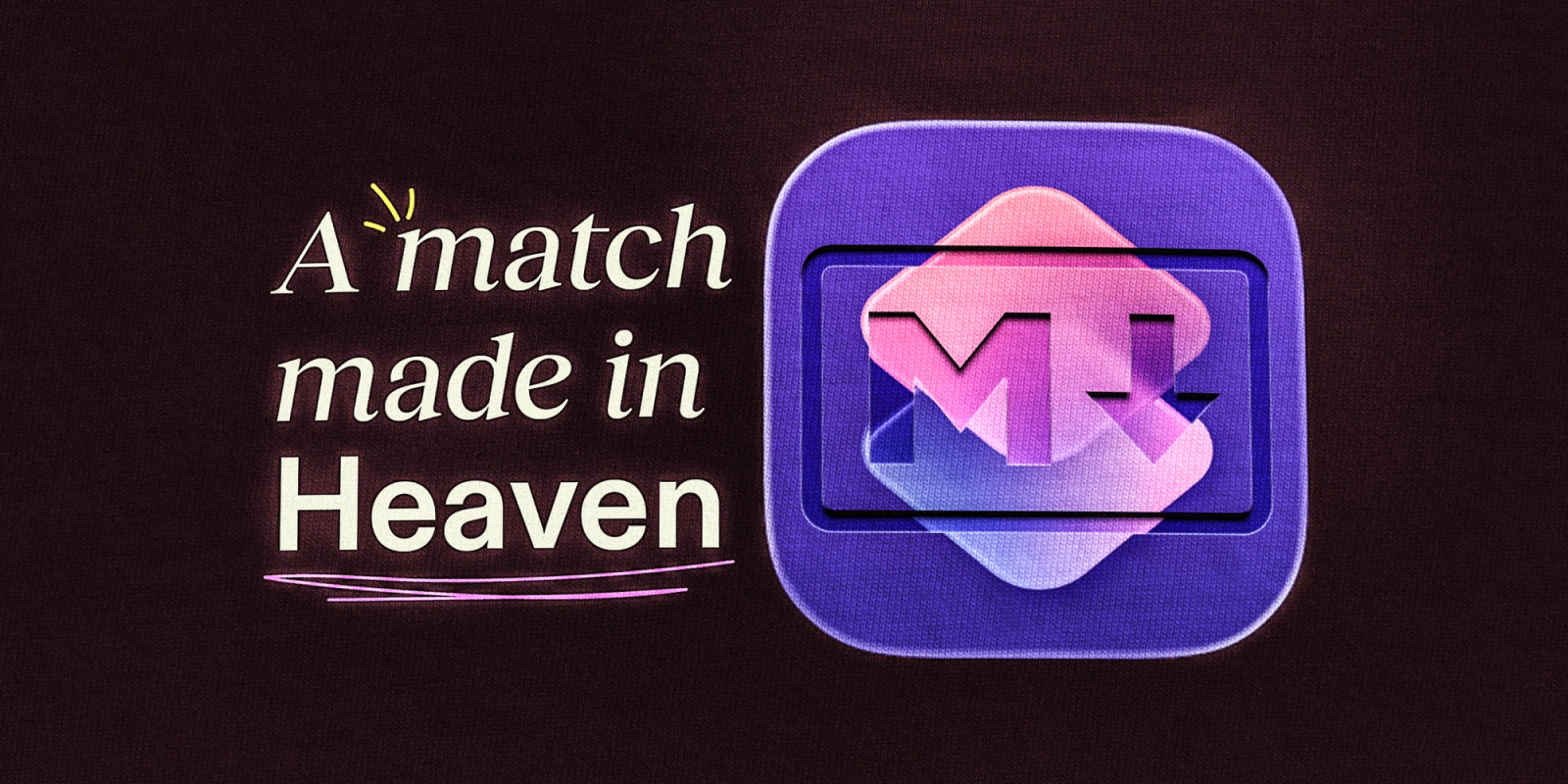How We Do Sales
Our guide to closing the deal

Part performance art, part science, and part relationship managment—sales is a complicated process, and it can differ drasticly depending on the people involved and the goals of the organization. There is no one silver bullet technique that works for every person, every time.
To hone mine, I’ve relied heavily on learning from others in the industry, analyzing and adopting best practices, and experimenting with new technologies and techniques that others have found success with. Now that I‘ve gotten some experience under my belt, I’d like to share Lickability’s sales process in the hopes it may be a guide to someone else’s success. A rising tide raises all boats, after all. ⛵️
The Sales Stigma
When you think of sales, what‘s the first thing that comes to mind? Maybe movies like The Wolf of Wall Street or Glengarry Glen Ross, filled with fervent speeches about doing whatever it takes to beat the competition and get someone to sign on the line that is dotted? Or maybe comedy accounts like Corporate Bro, depicting the daily grind of “slanging software,” the humor and horror of cold calling or emailing, all while preaching the mantra of S.A.D.N.E.S.S. (Sales Are Dope Never Ever Stop Selling), a favorite of mine.
I wasn’t always acutely aware of all the stereotypes and stigmas surrounding the profession and those who practice it. Sure, I’ve heard the warnings of pushy car salespeople who pressure you into buying something—but when I went to buy a car after landing my first job out of college, it was a pleasant, straightforward process. Even in the context of high-dollar corporate sales, when I was an engineer in my previous role, all of my interactions with sales professionals were generally easy and informative experiences.
When I joined Lickability as an account manager, I quickly learned that not everyone sees sales professionals in the positive light that I do. In the beginning of my career, I was hesitant and a little embarrassed to tell people I worked in sales, afraid that they would see me as the stereotypical pushy, aggressive salesperson. But after having spent some time practicing with and learning from others in the industry, I’ve realized that sales isn’t actually about closing at all costs—it’s really about helping people, and that‘s nothing to be ashamed of.
How We’re Different
Our two-person sales team at Lickability enjoys and jokingly uses some sales memes from time to time, but we choose to operate outside of those common stereotypes to give our prospects and clients the best experience possible. To us, this means a low- or no-pressure experience, especially in the early stages of a deal’s progress; being honest about what we can deliver, instead of making promises we can’t keep; and giving a potential customer as much information as possible to help them make the right decisions.
The way we act and communicate with clients is driven by the way we view our sales process: we look at each potential deal as a true partnership, so when we work together, we’re in it for the long haul. For example, every communication a client receives from us has a personal touch. While we do have some email templates for frequently asked questions or scheduling meetings—and we‘ve leveraged AI like ChatGPT to help generate creative ideas for emails and social media posts — we mostly use them as a base and customize them to each individual client and situation.
The partnerships we strive for have to be a two-way street—we want both of us to succeed. When we meet a client for the first time, we pay attention to see if we will work well together and believe in what we’re going to build. We also take the happiness of our engineers into account: will they enjoy the project, will they learn something new doing this, are the project expectations clearly defined? While we’d like to work with every client we meet, sometimes it’s not a good fit, and bringing that up as early in the process as possible is a key point in keeping sales honest.
How We Sell
Our sales process is constantly changing as our company evolves, but here is how we currently operate:
Lead generation
Our process starts with lead generation, both inbound and outbound. For inbound, we rely on referrals from previous clients, visits to our website and blog, and our own personal networks. For outboud, we use cold emails, social media posts, and cold outreach (Text, Twitter DM, Slack DM) to others in the development community. We also sometimes run ads on our favorite podcasts!
Initial discovery call
When a lead comes in, we usually begin with a 30 minute discovery call. This gives us a chance to make introductions, get to know each other a bit, and discuss goals and scope. We always communicate clear action items afterwards, whether that’s a client sending us information to review or for us to get a proposal together.
Estimate
A typical next step is for the sales team to bring the information we gathered from our initial client meeting to our product design and engineering teams, in order for them to give an estimate on the work. The estimation includes figuring out what kind of team we want to put together for your project and how many weeks we‘ll work on it.
Proposal
When the estimation is complete, the sales team takes the information provided by engineering and writes a full proposal that we present to the client, typically over Zoom. We like to do this so that we can explain our thought process, point out assumptions, and answer any immediate questions the client may have.
Negotiation
After the client has had some time to review the proposal, we continue discussing and adjusting until everyone is satisfied with the scope of the project. From there, we create a Statement of Work and begin the contract negotiation process. During this process we also review the terms of our full Services Agreement, which covers everything from the hours we work, confidentiality, ownership, payment terms, etc.
Closing
When negotiations have finished, we finalize all the paperwork and send it to the client for electronic signature via Docusign. If all goes well, the client will sign and we’ve closed the deal and begin a project!
Onboarding
After the ink is dry, sales begins the onboarding process. The first step is sending out some onboarding forms so that we can get logistical information (such as meeting times, slack access, and invoicing) and engineering information (style guides, PR process). Sales takes this information and begins syncing up Lickability’s project team with the client‘s team. We also schedule a project kickoff to make face to face introductions and officially begin the project.
Keeping up the relationship
As the project progresses, sales takes a bit of a back seat so Lickability‘s designated project lead can run the show. But we keep track of how the project is coming along, help with invoicing, and remain available as a familiar point of contact for the client. We also keep an eye on the progress of the project and check in with the client periodically about project extensions, additional projects, or maintenance contracts.
How We Learn
At Lickability we are constantly learning and trying to get better at our jobs by hosting cross-team learning sessions, evaluating new software tools, and attending or speaking at conferences. We are always looking toward our community and industry for ways we can be better. From iOS developer communities, shared Slack channels with fellow agencies, friends and colleagues, our own #everybody channel, we aren’t afraid to ask for help and learn what we can do better.
Work With Us
So that’s our sales process in essence. If you’d like to share some of your own experiences and advice, or just talk shop and see if we can learn from each other, hit me up on Twitter. And if you are thinking about your next software project and all this sounds like your ideal experience, then great! Let’s get the conversation started.
This article has been updated as of June 1 2023


